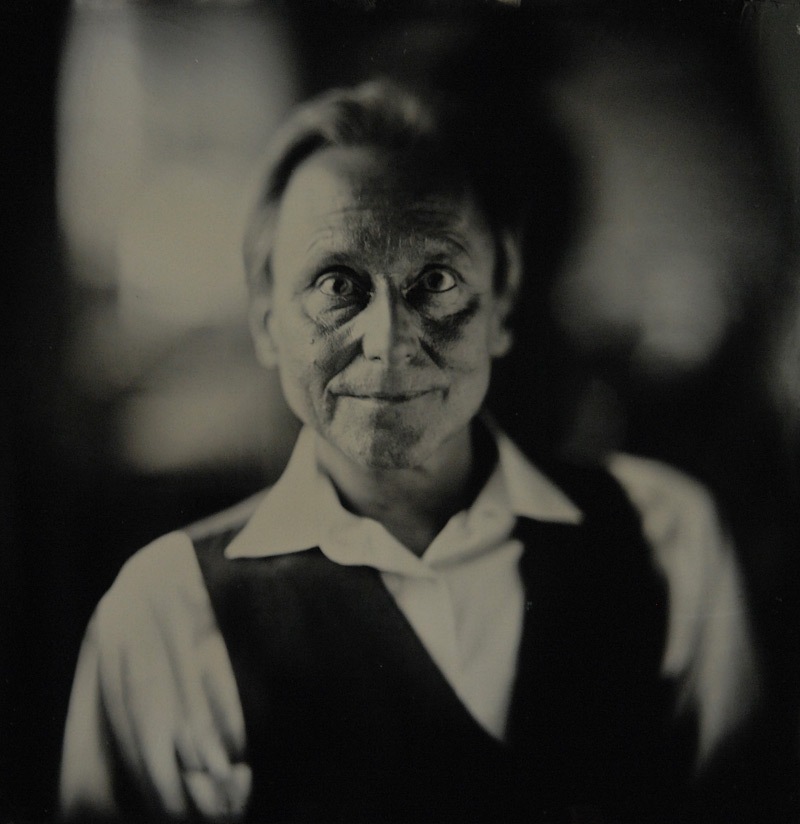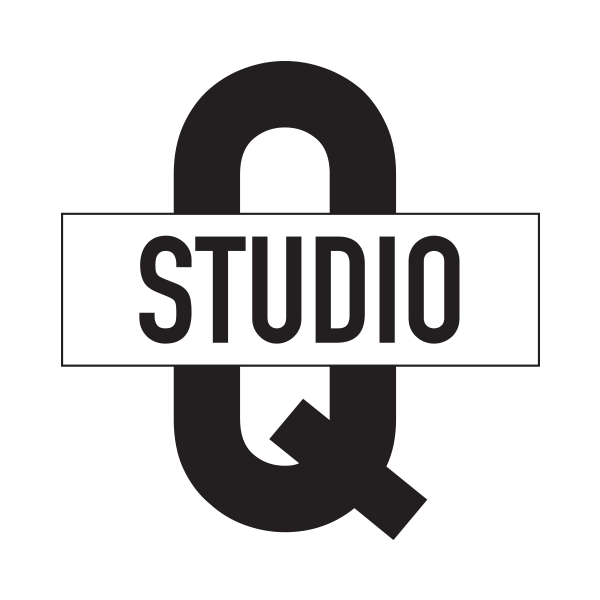For the past four years, Wet Plate Collodion photography has taken me east to Budapest, Hungary, west to Glasgow, Scotland, north to Gothenburg, Sweden and south to Barcelona, Spain; plus many other cities in between. Some of the places I've traveled to teach, exhibit and make photographs.
Some of the places I've traveled to teach, exhibit and make photographs.
I just returned from Dresden, Germany. It was probably the last Wet Plate Collodion adventure for me in Europe; at least until I return to Paris in a couple of years.
Like so many places in Europe, Dresden is a beautiful city with a lot of interesting history. I especially like the photographic history of these places. Dresden was the largest manufacturer of albumen paper in the 19th century. Albumen means “egg white”. The albumen printing process was invented by Louis Désiré Blanquart-Evrard in 1850. He was from Lille, France.
The Dresdener Albuminfabriken AG (The Dresden Albumen Manufacturing Company)
They produced 18,674 reams of albumen paper in 1888. Each ream consisted of 480 sheets 46 cm x 58 cm (~18” x ~23”) in size. To coat a ream of paper required 9 liters of albumen solution, obtained from 324 eggs; only the whites, separated by hand. All of the paper was made by women – all by hand. In 1888, this one factory consumed over six million eggs – that’s about 16,500 eggs per day! There were a lot of bakeries around making custards and other pies/pastries with all of the egg yolks, too. Can you imagine what Dresden’s collective cholesterol level was in the late 19th century?  Women in Dresden making Albumen paper.
Women in Dresden making Albumen paper.
The Dresden Museum Wet Plate Collodion Performative Lecture
I was invited by the Dresden Museum to do a Wet Plate Collodion performative lecture in conjunction with the August Kotzsch exhibition. Kotzsch was a German photographer working from the 1860s to the 1880s in Dresden/Loschwitz, Germany. He lived in that area his entire life. He mainly photographed rural German life, but wanted to be graphic artist. The exhibit shows his early drawings from the 1840s – he was quite good. He did a lot of still life work, too. His albumen prints are amazing. One of the city historians told me that Kotzsch made his own albumen paper – how strange is that and, moreover, why would he do that in Dresden?
The Dresden museum is beautiful and the Kotzsch exhibition was nothing short of that. It was an honor for me to be there talking about Kotzsch’s process and showing the people how he made his photographs.
The space they had arranged for me was perfect; large (non-UV) windows and even a sink close by. The museum is in the center of the city. People were walking by watching me turning back the hands of time with the Wet Plate Collodion process through the large windows of the museum.
There were about 25 people in the audience; the perfect size. Ernst Hirsch was one of the attendees. Ernst is a filmmaker and photographer. He is well-known and admired. I asked him to sit for the demonstration. I later learned that he made a book about Kotzsch and his work. After the lecture, he presented me with a copy of the book (August Kotzsch 1836 - 1910. Von den Anfängen der Photographie in Loschwitz bei Dresden) and a print from one of Kotzsch’s negatives. It was a very nice addition to my book collection of 19th Century photographers. Ernst owns several hundred original prints of Kotzsch’s and knows his great-great-grandson – who, by the way is a successful fine art photographer today.
I ended up making a few portraits. I had a very nice time. The trip was a great way to end the Wet Plate Collodion adventure in Europe, at least for now.
I want to thank my wife, Jeanne for taking all of the great photos, Richard for translating all of my stories and jokes during the lecture, Ernst and Cornelia for the book and print, Jan for making the trek to Dresden from Berlin, and Frank for the DVD/prints and the long conversation at the hotel about communism and photography. I learned a lot about the former East Germany and the communists.
We miss you, Summer XOXOXO

A Dresden egg. I should’ve brought some home for paper!
 Quinn doing his thing in Dresden, Germany
Quinn doing his thing in Dresden, Germany  "Is that Chuck Close?" someone asked. No, it’s the museum’s curator, Fredrich.
"Is that Chuck Close?" someone asked. No, it’s the museum’s curator, Fredrich.  Practicing on Ernst – the sitters need to practice before we expose the plate.
Practicing on Ernst – the sitters need to practice before we expose the plate.  Can someone get a photo of this? Please!
Can someone get a photo of this? Please! 
The afternoon produced these images.
 The afternoon produced these images.
The afternoon produced these images. 


Richard, my translator and museum coordinator for the lecture.

Richard (negative) – so he can print on modern paper.

Herr Kotzsch und Herr Jacobson, standing on the shoulders of giants…












